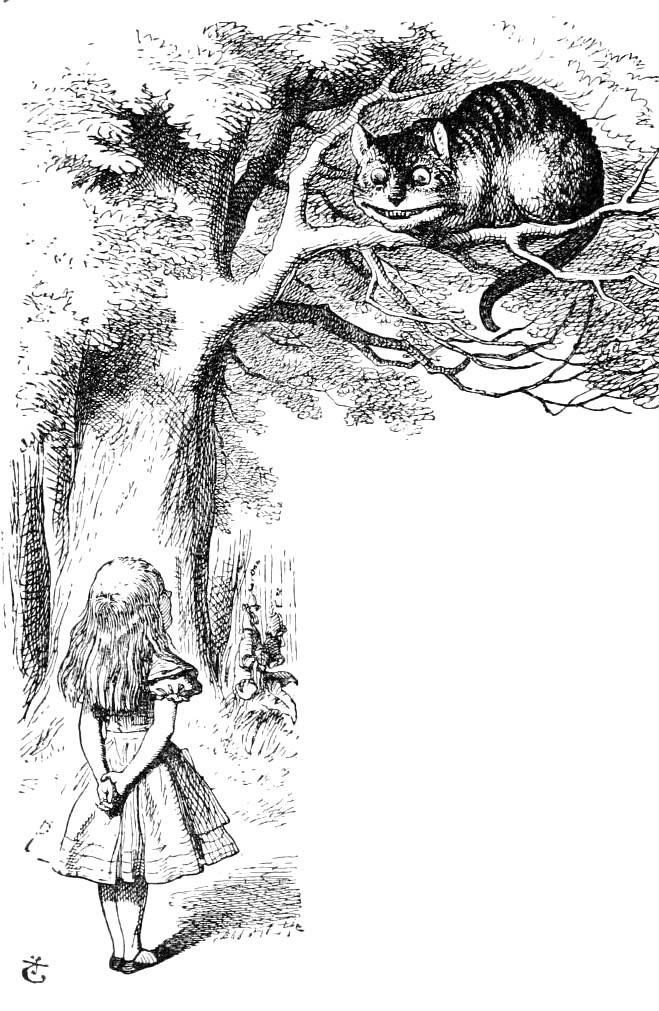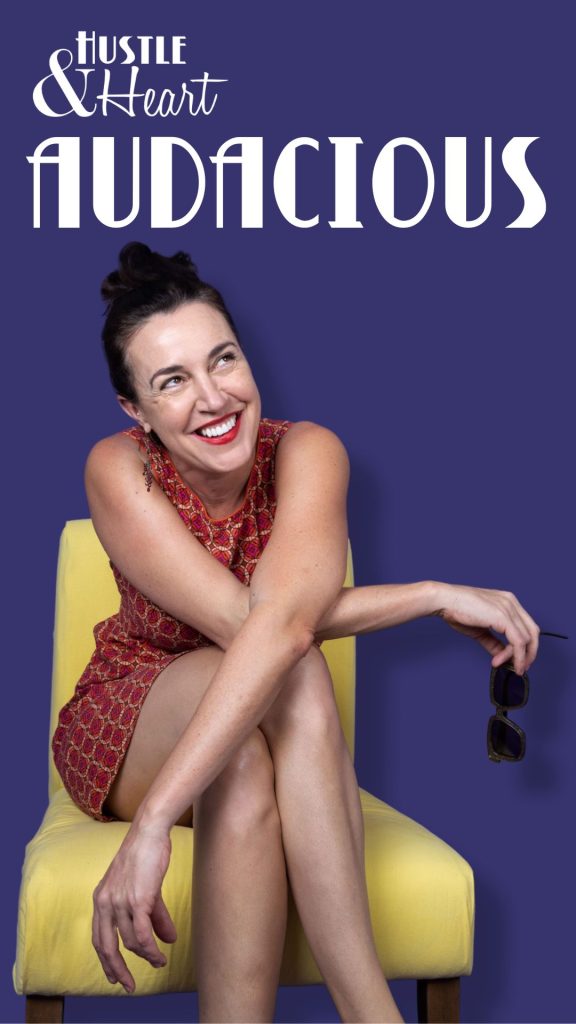In my mid-twenties, I got seriously stuck. I’d returned to Sydney after working and travelling overseas for three years and although gainfully employed in Public Relations, I was stuck in a rut.
I studied, as you tend to do when stuck, and gained a Masters of Arts (International Relations). I need to keep dropping this into conversation (excuse me) because – far from propelling me into a new, interesting career – it turned out to be an expensive, fairly useless piece of paper.
For two and a half long years, I bored my long-suffering friends and family. They listened to my desperate pontifications and machinations. I was gonna do this. I was gonna do that. I coulda done this. I woulda done that, if only, if only, if only.
Eventually, I sat next to the right person at the right time who told me, “you’ll never know if you’ll like it if you don’t give it a go. Any decision will do.”
That was it – I leapt.
Get unstuck
 In Alice in Wonderland, Alice asks the Cheshire cat: “Would you tell me, please, which way I ought to go from here?”
In Alice in Wonderland, Alice asks the Cheshire cat: “Would you tell me, please, which way I ought to go from here?”
“That depends a good deal on where you want to get to,” said the Cat.
“I don’t much care where –” said Alice.
“Then it doesn’t matter which way you go,” said the Cat.
“– so long as I get SOMEWHERE,” Alice added as an explanation.
“Oh, you’re sure to do that,” said the Cat, “if you only walk long enough.”
But how can you pick a direction if you don’t know where you are going? How do you get “there” when you don’t know where “there” is?
Right now, you’re stuck at a crossroads, attempting to predict the future of each path you could take, if only you would move. If so, any road will do. If you wait until you have all the information, life will pass you by. The only way to get unstuck is to make a decision and act on it.
After that fortuitous conversation, I applied for a job in magazine publishing and got it, taking a $15,000 pay-cut in the process. It turned out to be a hell job. But five months of that compelled me to start my own business. After all, it couldn’t have been any worse than that job.
That serendipitous decision was 11 years ago, and now, I couldn’t be happier with my (somewhat accidental) choice.
Know what you don’t want
The magazine publishing job served several purposes: first, I now knew what I didn’t want, which is often a faster way to getting to what you want.
I’d been doing digital writing and publishing in the PR role and realised how much more I preferred the fast-moving digital arena to print media. Second, I realised how much I valued independence and hated hierarchies.
My PR role and working overseas had bred independence and a flat structure. The magazine role was full of false bonhomie, when really there was little debate, less independence, and a clear hierarchy of command.
As Joni Mitchell sings, “You don’t know what you’ve got ‘til it’s gone.” Now I was clearer on the working conditions and type of work I loved.
Get cash: plan for profit
I started my business in the space of a week, back in February 2008, in the height of the global financial crisis (my partner’s employer was to go into liquidation about 15 months later). The first thing I did in that first week was write a short-and-sharp profit plan.
This is one of the first exercises of the Hustle & Heart group program. A profit plan is what all successful businesses are built on (and lack of cashflow is the reason why more than 60% of new Australian business fold within the first three years).
Start your profit plan by determining the profit you’re aiming to earn. This influences your pricing and position, plus your volume of sales (revenue). Too many business owners leave profit last: determining their pricing and aiming to sell as much as possible, before being left with an oftentimes dismal profit, which they learn to live off. Don’t leave profit to chance. Plan for profit and you’re more likely to get it.
Many wanna-be business owners take far too long to launch, secure new clients and get money in the door. In the pivotal first few months of your new business, you have one primary task that overrides all others – secure paying clients. In the process, you’re testing your ideas, gaining invaluable client feedback, adjusting course a little at a time, paying your bills, increasing your confidence, and using some cash to invest back into your business for things such as branding, photography and website design.
Live happily ever after
Happily ever after? Not quite. Progress isn’t linear. It’s normal to have profit plateaus, crises of confidence, epiphanies, changes of business direction and a reorganisation of your personal priorities as you get older.
After you’ve survived the wild ride of the first 18 months, your focus becomes leverage: packaging your results rather than charging for hours worked; creating products (such as online courses, membership or books) to compliment services; reducing or eliminating repetition, particularly in low-value tasks; collaborating with experts; seeking publicity; systematising tasks and outsourcing. These leverage scenarios are addressed and examined in the Hustle & Heart program.
I’d love to tell you that once unstuck, business will be smooth sailing. But you already know that growth happens outside your comfort zone, and each transition in business can usher in a painful period, where profit margins may well contract as the business owner focuses on implementing changes or growing rapidly. It’s normal to change course a few times in business, as both your priorities and the market changes. Technology continues to accelerate and disrupt ‘business as usual’. Flexibility, experimentation and resilience are crucial – something we address in the final two modules of the Hustle & Heart program too.
But you didn’t want a dull life, did you? Self-employment is the most accelerated form of self-development I know.





